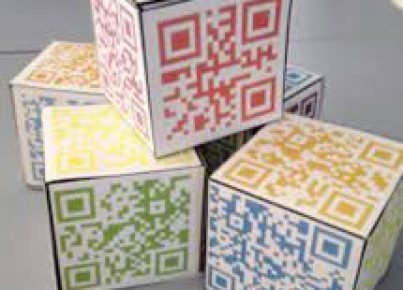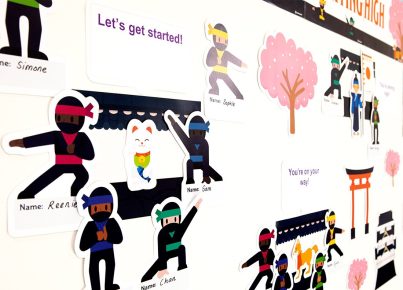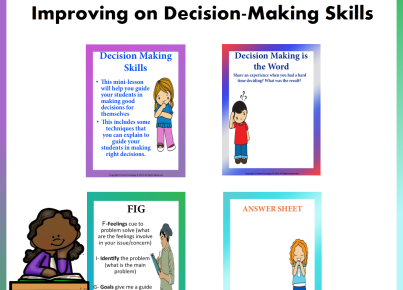Blended learning, an education model that combines traditional classroom teaching with e-learning and other online activities, offers a robust educational framework that caters to diverse learning preferences. With the increasing integration of technology into everyday life, blended learning has become an influential approach in modern education. To effectively implement blended learning, here are some strategies to consider:
1. Define Clear Objectives: Begin with a clear understanding of your educational goals. Establish what you expect your students to achieve through blended learning, and make these objectives known to ensure that both instructors and learners are aligned.
2. Choose the Right Technology: Selecting appropriate digital resources is critical. These could range from learning management systems (LMS) to interactive apps and online collaborative tools. Ensure the technology is accessible, user-friendly, and supports the course objectives.
3. Foster Engagement: Encourage active participation by designing interactive and engaging tasks both online and in the classroom. Incorporate discussion forums, quizzes, polls, and group projects that require input from each student.
4. Personalize Learning: Use data gathered from online assessments and activities to tailor instructions to individual student needs. Blended learning allows you to differentiate teaching methods and content to cater to different learning styles.
5. Provide Support: Offer adequate support for students who may struggle with the online components of blended learning. This includes technical assistance as well as guidance on effective online study habits.
6. Train Educators: Educators should be well-prepared to manage a blended learning environment which might be different from traditional teaching approaches. Offer professional development opportunities focused on effective instructional strategies and technological proficiency.
7. Feedback Loop: Create mechanisms for ongoing feedback from students regarding the effectiveness of the blend between traditional teaching and online instruction. This allows for continuous improvement in content delivery and engagement strategies.
8. Continuous Assessment: Evaluate both in-class performance and online activity regularly to identify knowledge gaps or instructional areas that may need adjustment.
By integrating these elements into your strategy, blended learning can transform the educational experience into one that is more personalized, engaging, and dynamic, ultimately leading to improved student outcomes. With careful planning and execution, educators can not only make blended learning work but also help it thrive as an integral part of 21st-century education.





